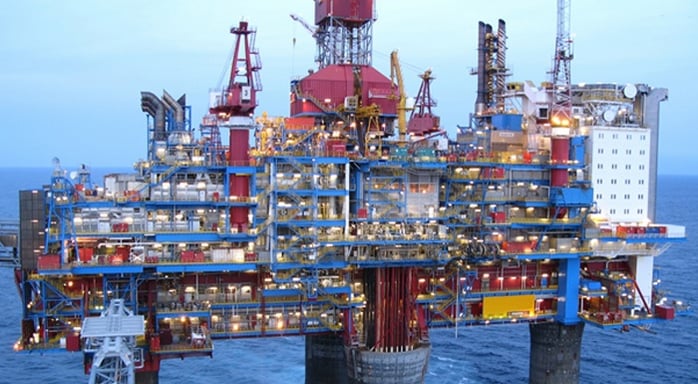
Passive Fire Protection (PFP) is an integral part of the overall structural fire protection plan of any building, structure or ship. Structural fire protection includes:
- Active fire protection;
- Fire prevention;
- Passive fire protection.
Active fire protection is done by fire detectors and fire suppressant. Fire detectors locate fire and/or smoke and audibly alert people and the fire service by alarms. Fire suppressants actively prevent the development of fire and flames by e.g. sprinkler systems and fire extinguishers.
Fire prevention is done by minimizing ignition sources of the structure and also educating the people on how to maintain and operate fire related systems. Emergency procedures like evacuation and fire service notification are also included.
Passive fire protection
PFP is part of the architectural design of a building or structure, with fire and blast resistant walls, doors and windows. Each architectural product has its own purpose of fire protection. For example, internal areas are generally protected with “B” and/or “A” rated products against cellulosic fire, whereas external areas require a higher level of protection by means of “H” and “J” rated products against hydrocarbon fire. The ratings of each area depend on the specific building requirements.
PFP is, unlike the name suggests, always active, meaning that there is no on/off button unlike sprinkler and alarm systems. The main purpose of PFP is to contain and slow the spread of fires and flames. In order to do so, the structure is divided into compartments with each serving its own purpose. This is also known as compartmentalization.
Compartmentalization
By compartmentalizing the structure with walls, doors and windows, each unit is effectively sealed to prevent the spread of fire throughout the facility. Often, the fire or flame will burn itself out within the contained unit.
In cases when the fire does manage to spread, PFP allows occupants to effectively and safely evacuating the structure by containing the fire for a certain length of time. PFP also allows the building to maintain its structural integrity and reduce the risk of a collapse. Subsequently, fire services have enough time to safely look for remaining people and extinguish the fire. PFP is not only significant for saving lives, but also limiting damage to property.
Conclusion
PFP is an indispensable part of the overall fire safety of buildings, ships and other structures. By installing architectural components, such as walls, doors and windows with the proper fire ratings, you can effectively slow down and contain the spread of fire. Therefore, PFP should be included into every fire safety design plan.
The best way to provide optimal fire safety is through a combined solution of active fire protection, fire prevention and passive fire protection.







